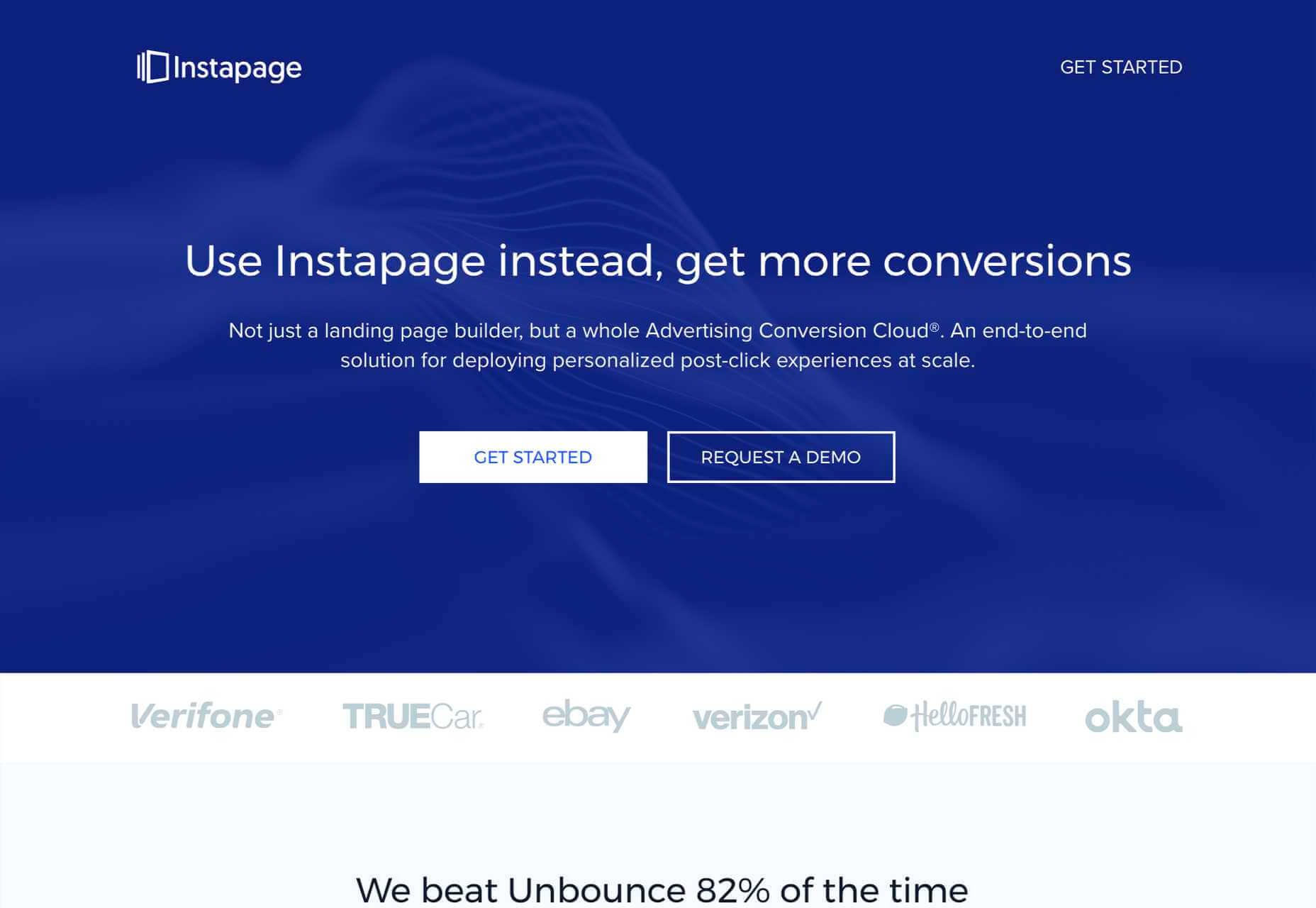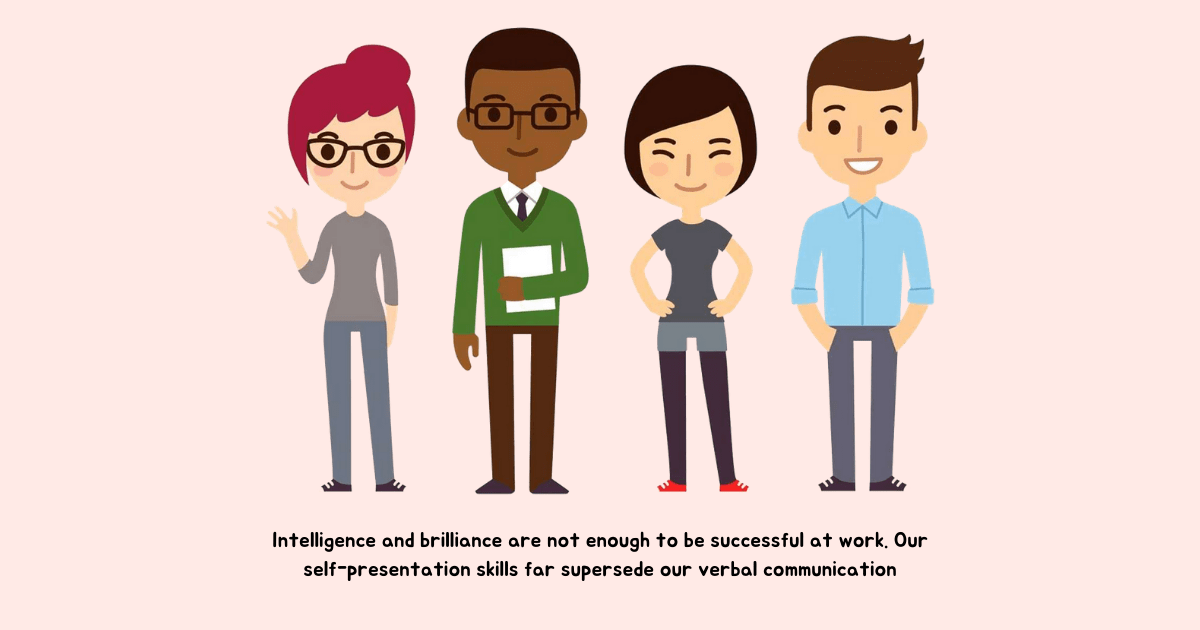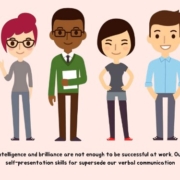What is GitBook?
GitBook is a collaborative documentation tool that allows anyone to document anything—such as products and APIs—and share knowledge through a user-friendly online platform. According to GitBook, “GitBook is a flexible platform for all kinds of content and collaboration.” It provides a single unified workspace for different users to create, manage and share content without using multiple tools. For example:
Is your organization ready to move containerized workloads into production or yet struggling with these challenges? Adopting complex stateful workloads with many dependencies, deploying containerization tooling without well-framed DevOps practices, and becoming gripped into vendor lock-in faster may be a few of such challenges. Having the right DevOps team in place and finding out how Kubernetes integrates with your company’s technological infrastructure to undergo effective legacy application modernization should be the way out. As an organization, you should consider if you have the requisite roles and skillsets before adopting new technologies. You must decide on runtime and orchestration engines in technical terms while selecting containerization workloads with utmost care and attention.
With more than 70% of organizations running containerized applications in production, Kubernetes has emerged to be one of the most sought-after methods to organize containers. Here are a few of the Kubernetes best practices that ensure its adoption truly advancing container deployment.
Developers are working with new applications every day using Apache Kafka as the backbone to implement an event-driven architecture (EDA) to support distributed systems. However, this adds new challenges when sharing across teams, even within the same organization. What endpoints are available? What is the structure of the message? That’s why payload examples became critical to speed up development. For this reason, having a reliable and enterprise-grade service to mock Apache Kafka should be an item in your EDA checklist. This post will do a quick review of the Microcks General Availability (GA) version and their support to Kafka.
What is Microcks?
In the last decade, advances in processing power and speed have allowed us to move from tedious and time-consuming manual practices to fast and easy automated data analysis. The more complex the data sets collected, the greater the potential to uncover relevant information. Retailers, banks, manufacturers, healthcare companies, etc., are using data mining to uncover the relationships between everything from price optimization, promotions, and demographics to how economics, risk, competition, and online presence affect their business models, revenues, operations, and customer relationships. Today, data scientists have become indispensable to organizations around the world as companies seek to achieve bigger goals than ever before with data science. In this article, you will learn about the main use cases of data mining and how it has opened up a world of possibilities for businesses.
Today, organizations have access to more data than ever before. However, making sense of the huge volumes of structured and unstructured data to implement improvements across the organization can be extremely difficult due to the sheer volume of information.
 This week, in a move like something from a particularly eventful episode of The Office, popular project management app company Basecamp banned political and societal discussion in the company’s internal communications.
This week, in a move like something from a particularly eventful episode of The Office, popular project management app company Basecamp banned political and societal discussion in the company’s internal communications.
In a post that has been revised for “clarification,” the company’s co-founder Jason Fried listed six rules for employees: No societal or political discussions at work; No more ‘paternalistic’ benefits; No more committees; No more lingering on past decisions; No more 360 reviews; No forgetting what we do here.
A follow-up post from Heinemeier Hansson notes that Basecamp will still permit discussion of issues deemed central to its business like anti-trust and privacy; certain civil liberties are to be championed, while others, like racism and climate change, are not.
On the surface, it seems reasonable, Fried and co-founder David Heinemeier Hansson would like you to believe that it is. After all, people are paid to work, not soapbox, right?
So why, if they’re the ones being protected, are Basecamp’s employees angry about the move?
It turns out, multiple sources from inside Basecamp are reporting that the ‘political’ and ‘societal’ issues referred to in Fried’s public memo were, in fact, frank and open conversations about Basecamp itself.
As reported by The Verge, way back in 2009, a list of ‘funny’ customer names began circulating at the company — hardly respectful, potentially racist, and certainly inappropriate. The misalignment between co-founders and staff occurred when staff members attempted to hold discrete conversations about this and numerous other diversity and inclusivity failings at the company. Fried’s move appears to be a direct attempt to halt criticism of the status quo at Basecamp.
Basecamp itself is a highly political organization: The co-founders have written several books advocating certain societal change; they even provided a campaign headquarters and substantial donation for a candidate for Chicago mayor. Both co-founders are highly active on social media, using their business positions to elevate their personal views.
The truth is that the solo entrepreneur is an almost mythical beast. Successful startups require contributions from a range of skills and experience beyond any one individual. Jason Fried may be the frontman, strutting up and down the stage in spandex pants, with David Heinemeier Hansson playing lead guitar with his teeth, but behind them, there’s a drummer keeping time, and behind them all, there’s a crew of roadies without whom none of the equipment will arrive, let alone sound good.
Basecamp’s founders argue that the company has a mission, and that mission is to create apps that streamline the workplace. But how can you develop a product that is inclusive if staff cannot discuss what inclusive means? The answer is, you can’t.
Discussing racial bias in advertising or the impact of company wastage, climate change, or gender pay gaps in HR meetings are all political and societal and lead to a healthier, more united company.
As designers, we often say that you cannot not communicate; every decision is a design decision; there is no such thing as “adesign.” Likewise, choosing to be apolitical is itself a political choice. The only way it is feasible to run a company like this is to treat employees like robots (in the word’s original sense).
If employees feel the need to discuss exclusionary policies in the workplace, do the company founders, who benefit from those policies (or they would not be in place), have a moral or legal right to restrict those discussions?
Although it is the first point in Fried’s list that has drawn most ire, it is the fourth item on the list that is most telling: “No more lingering or dwelling on past decisions.” Like a parent answering, “Because I said so,” Fried’s attitude to his staff is laid bare in one statement.
It turns out two wealthy white men would rather their employees not try to change the world or even their workplace.
When Coinbase announced a similar move last year, it lost 5% of its staff. If Basecamp suffered the same loss, it would amount to three people. Hardly a disaster. The question for the founders — who, judging by the number of follow-ups and clarifications they’ve published, are aware the ice they’re on is perilously thin — is whether this kind of controversy creates irreparable reputational damage.
Featured image via Pexels.
The post Poll: Is Basecamp Right To Shutdown Politics At Work? first appeared on Webdesigner Depot.
 Landing pages are central to successful marketing campaigns; they allow you to target particular customers with particular solutions to particular problems.
Landing pages are central to successful marketing campaigns; they allow you to target particular customers with particular solutions to particular problems.
It’s easy to confuse what a landing page is because users “land” on many pages. When we talk about landing pages, we mean a page that is entirely dedicated to a particular type of customer. In fact, if we could create a unique landing page for each individual user, that would be awesome.
You might think your homepage is a landing page, but it’s not; users reach your landing page in various ways — directly, via organic search, or backlink. A landing page is normally dedicated to a specific marketing campaign. It is accessed from a link in an email, via social media, or most often via a PPC (Pay Per Click) advert.
Here are 10 elements of landing pages that are proven to convert successfully:
1. Use A Single Call To Action
Your potential customers must know how to move forward with your product or service as early in the experience as possible.
Are they signing up for a free trial? Are they signing up for your newsletter? Are they buying a product? Are they contacting you? Whatever you need them to do, make it clear.
The Hick-Hyman law of UX says the more choices you give a user, the less likely they are to make any choice at all; conversely, the fewer choices, the greater the likelihood that they’ll move forward.
Give the user one choice: click the button, or don’t click the button. A single CTA will out-perform multiple options.

2. Keep Forms Simple
Often, your landing page will need a potential customer’s information. They might be creating an account, setting up a trial, or just joining your newsletter.
If the potential customer is signing up for a trial, by all means, ask for their email address. But you don’t need their cell number, their mother’s name, the street they grew up on, their birthday, or any of that other junk that’s used to profile users.
Whatever the purpose, keep your form ultra-simple. That means as few fields as possible. If you really want it, give the user the option to fill it in later as part of an onboarding process — when they’re already invested — but not on the landing page.

3. Make the Headline Punchy
The first thing your potential customer sees on your landing page is the headline, so make it count.
Half a dozen words are usually more than enough. Your goal is to keep it short enough that the potential customer has read the headline before they realize it.
Often, you’ll want to clarify the statement with more information. That’s fine as a sub-heading after you’ve grabbed their interest, but make sure you grab their attention first.
The headline “Coyote Anvils” is best followed by the sub-heading “You’ll be eating roadrunner for dinner!”
Your goal for your headline is to explain your product or service in 2–3 seconds.

4. Center Your Content Around Your Value Proposition
What makes your product or service stand out? What makes it better than the competition? If you’re not sure, spend some time checking out companies in your space.
Creating a value proposition can be one of the toughest challenges a business faces because you need to put yourself in your potential customer’s shoes. But if you get this right, it will carry your marketing. You need to find the benefits within your product or service, not the features.
Value propositions are best when backed by facts. The “World’s Most Accurate Anvils” is best backed by proof: “9/10 coyotes said they were more likely to hit their target than themselves when using our patented AccuAnvil.”

5. Lists, Lists, and More Lists
You’ve got seconds to engage your potential customer, perhaps even less. One way to grab them is with a great headline, but you have to keep them interested beyond the headline.
One great way is bullet lists with short entries. Short-item lists naturally pull our eyes down the page because our eyes take in the whole line in one glance; we don’t need to read to absorb the information.
The longer you can keep someone on the page, the greater the likelihood they’ll keep looking, so pulling them down the page with lists is a great tactic.

6. Exploit the Zeigarnik Effect
The Zeigarnik Effect says that people remember incomplete experiences better than they do completed ones. This is because when a task is seen as completed, it can be filed away as a memory, but if it’s incomplete, then it remains at the front of your mind.
This is a boon for designers creating landing pages because we can create a situation where the potential customer begins an onboarding process and is aware that it hasn’t been completed — they might need to verify their email address, for example.
The lack of completion keeps the landing page and the product or service fresh in the potential customer’s mind. So when they see that onboarding email, they’ll use it.

7. Proof
Anyone can put up a website. It’s easy. And as a result, potential customers don’t necessarily trust you.
One way you can combat this is with some form of proof. That may be in the form of official certifications, or featured testimonials, or just independent reviews.
It rarely occurs to potential customers that you’re cherry-picking the testimonials and reviews you’re choosing to display, so even if only some of your reviews are good, it’s worth including them.
But be careful not to sound too good. If you post nothing but 5* reviews, people will smell a rat; that 3* review may actually do you a favor by making the 5*s seem more genuine.

8. Predictive Images
Potential customers lack imagination, they don’t have all the facts, and unless your product or service is very basic, they may not fully understand what the product does for them.
Use images to quickly show them what life may be like using your product or service. Paint an appealing picture. If they can see themselves in the image, they’ll grant you a little more time to persuade them in the form of further content.

9. Continuity
How did the potential customer arrive at your landing page? Chances are it was via a PPC link, or if you were lucky an organic search link. However they arrived, they were in a certain frame of mind, with a certain problem they wanted to solve; they aren’t going to take kindly to being diverted onto a different train of thought.
Your landing page has to match the tone, style, and value proposition of your adverts. The potential customer’s experience of your organization begins with the advert, not the landing page, so make sure that you don’t break the spell. If your landing page doesn’t match your advert, you could lose the potential customer altogether — and increase your bounce rate while you’re at it.
Remember: the customer was attracted by something in your advert, so give them the same attractive qualities on your landing page.

10. Drop the Nav
Most sites have a single main menu and a rich footer with links to customer service, contact pages, and so forth. These are detrimental on a landing page because you’ll leak traffic to other, less-focused parts of your site.
Your landing page is a streamlined selling machine. The only link you want on the page is your CTA.
It’s fine to keep legal text and even links to privacy policies — users rarely click those anyway. You can also link to your homepage using your logo. But don’t add any navigation that invites a click, or you’ll dilute all the work you’ve put in.

The post 10 Elements of Landing Pages That Convert first appeared on Webdesigner Depot.
This week’s Quality Sense guest has been at her company now for 16 years, but in that time she has had the chance to assume several different roles that allowed her to explore her interests, lead others, and help the company grow. Ashley Hunsberger started as a manual tester and today, she’s the Director of DevOps Engineering, creating their Developer and Agile Advocacy program. She focuses on the ways they can advance the work their teams are doing, as well as the way in which they do it.
Listen to this fascinating conversation or read below to learn how she managed to evolve her career while staying with Blackboard over the years and ultimately came to leading agile transformation there. She offers eye-opening, real world insights on leadership that anyone can apply in their own organization.

In the scope of human evolution, language is a relatively recent invention. But we’ve been interacting well before this through nonverbal modes of communication. As a result, nonverbal communication is hardwired into our brains, much deeper than the more recent language-processing abilities. This is why nonverbal communication has a far greater impact.
Importance of Body Language in Communication
The way you carry yourself is a source of personal power — the kind of power that is the key to presence. It’s the key that allows you to unlock yourself—your abilities, your creativity, your courage, and even your generosity. It doesn’t give you skills or talents you don’t have; it helps you to share the ones you do have. It doesn’t make you smarter or better informed; it makes you more resilient and open. It doesn’t change who you are; it allows you to be who you are. — Amy Cuddy
4 Body Language Mistakes and How to Fix Them
1. Mind Is Not Attuned to The Body
Our body language expresses our mental state whether we like it or not. Our facial expressions, voice posture, and all the other components of body language reflect our mental and emotional condition every second. Because we don’t control this flow consciously, whatever is in our head will show up in our body language — Olivia Fox Cabane
How to Align Our Mind and Body:
- When you need to project confidence, seek inspiration.
- When you feel angst due to a disagreement, ask yourself ‘What can I learn from the other person?’ and ‘How are my biases causing me to be closed-minded?’
- When all you can see is negativity, choose to ask ‘What’s the one positive thing I can think about this situation.’
- When self-doubt consumes you, tell yourself ‘I need to let go of my fears to create a better version of myself.’
- When you exaggerate a negative outcome, ask yourself ‘What’s the worst that can happen?’ and ‘Is it really that bad or am I making up stories?’
2. We Do Not Make a Commitment to Be Present
You must commit to a conversation, even the brief ones, or walk away. If you’re too distracted, admit that to both yourself and the other person. Be present or be gone. — Celeste Headlee
3. We Ignore Context
4. We Tell a Conflicting Story
Just after we observe what others do and just before we feel some emotion about it, we tell ourselves a story. We add meaning to the action we observed. We make a guess at the motive driving the behavior. Why were they doing that? We also add judgment — is that good or bad? And then, based on these thoughts or stories, our body responds with an emotion. — Kerry Patterson
Summary
- Tuning to a positive state of mind: Be self-aware of your negative mental states and choose to get into a positive one.
- Committing to being present: Practice active listening and engage fully in the conversation instead of being simply present.
- Taking context into account: Connect with the other person by taking their values, mental state, and sense of self into account.
- Telling the right story: Bring your body in sync with the message you wish to convey.
In the software industry’s recent past, the biggest disruptive wave was Agile methodologies. While Site Reliability Engineering is still early in its adoption, those of us who experienced the disruptive transformation of Agile see the writing on the wall: SRE will impact everyone.
Any kind of major transformation like this requires a change in culture, which is a catch-all term for changing people’s principles and behaviors. As your organization grows, this will extend beyond product and engineering. At some point you also need to convince the key power-holders in your organization to invest in this transformation.
In the era of web-scale, every organization is looking to scale its applications on-demand, while minimizing infrastructure expenditure. Cloud-native applications, such as microservices are designed and implemented with scale in mind and Kubernetes provides the platform capabilities for dynamic deployment, scaling, and management.
Autoscaling and scale to zero is a critical functional requirement for all serverless platforms as well as platform-as-a-service (PaaS) solution providers because it helps to minimize infrastructure costs.










